Alphabet understanding Normal Alphabet Worksheets for Ages 3-8
7 filtered results
-
From - To
Unlock the joy of learning with our Alphabet Understanding Normal Alphabet Worksheets, designed for children ages 3-8! These engaging worksheets help young learners grasp letter recognition, phonetic sounds, and foundational writing skills. Our vibrant and interactive activities encourage creativity while reinforcing essential alphabet knowledge. Tailored to suit various learning styles, these worksheets make mastering the alphabet fun and accessible. Parents and educators will appreciate the comprehensive approach, featuring a mix of tracing, identification, and matching exercises. Perfect for at-home practice or classroom use, our Alphabet Worksheets are a valuable resource to foster early literacy skills in your little ones!
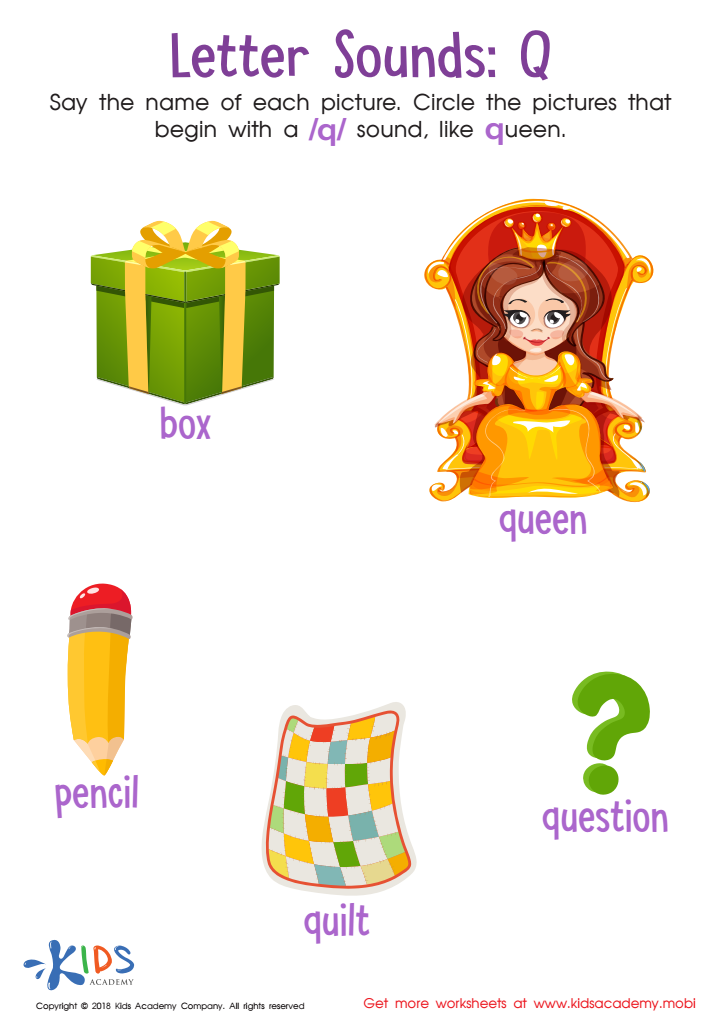

Letter Q Sounds Worksheet
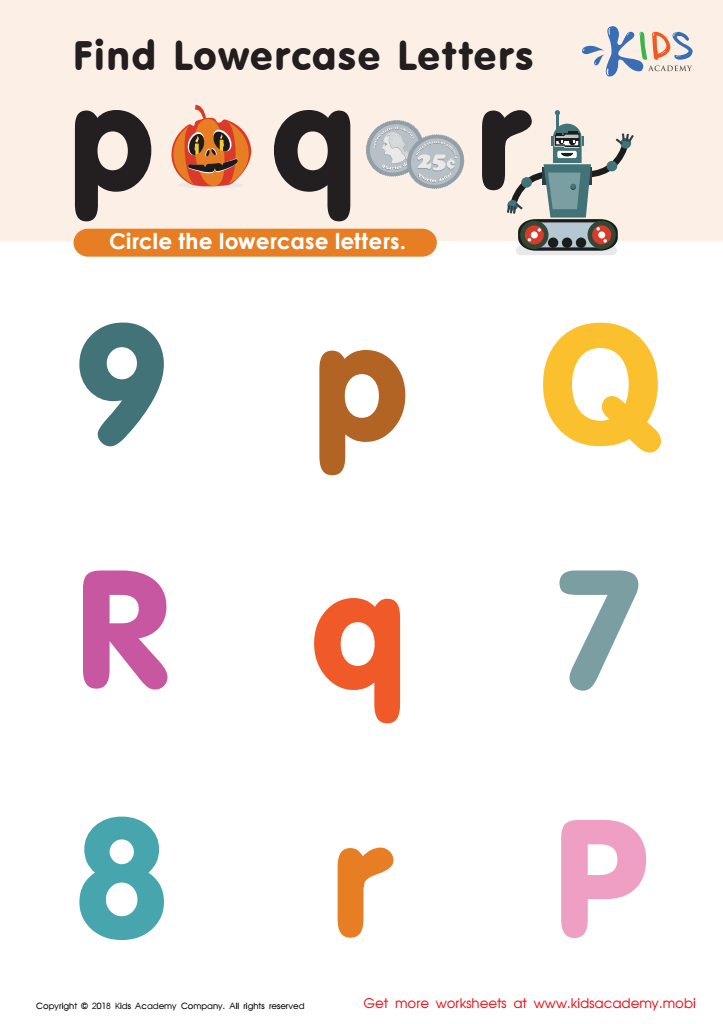

Find lowercase Letters p q r Worksheet
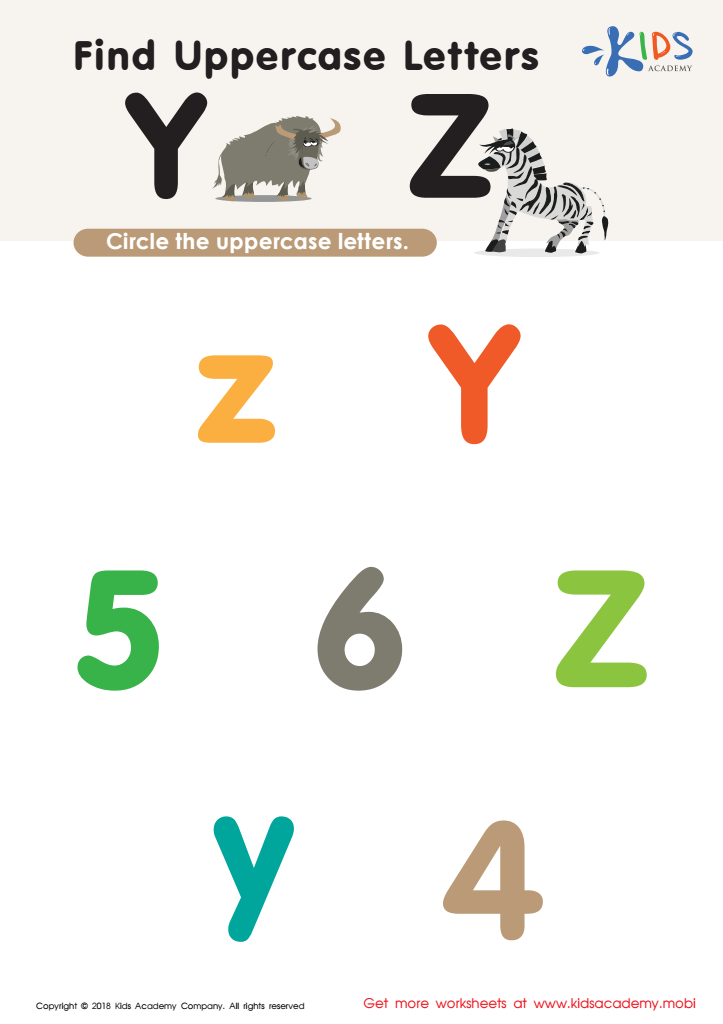

Find Uppercase Letters Y Z Worksheet
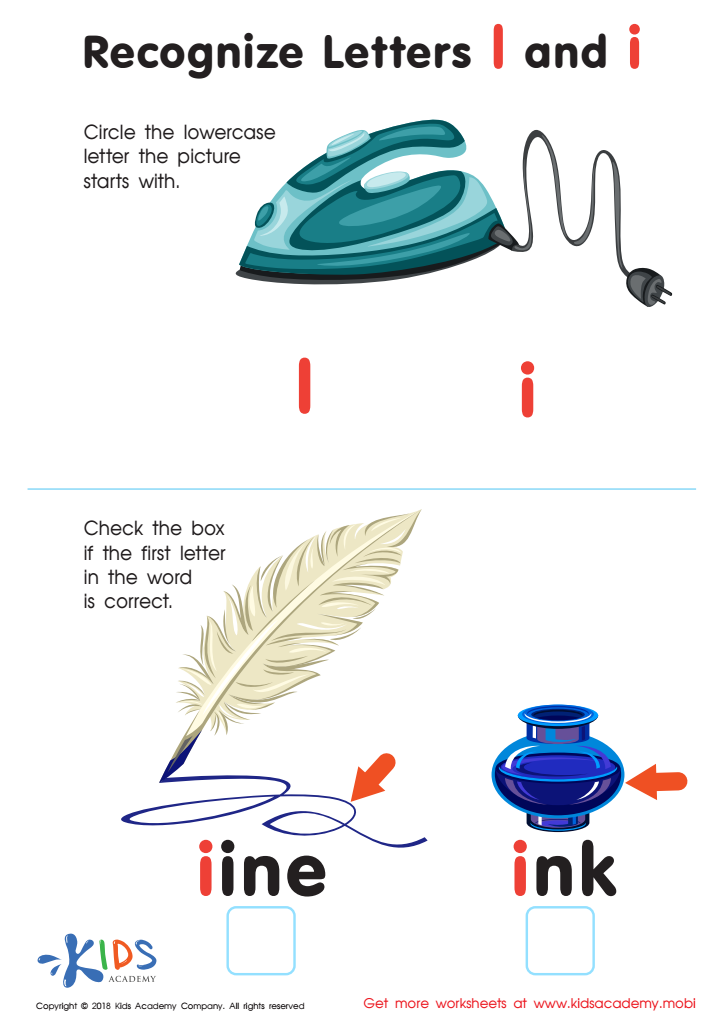

Recognize Letters l and i Worksheet
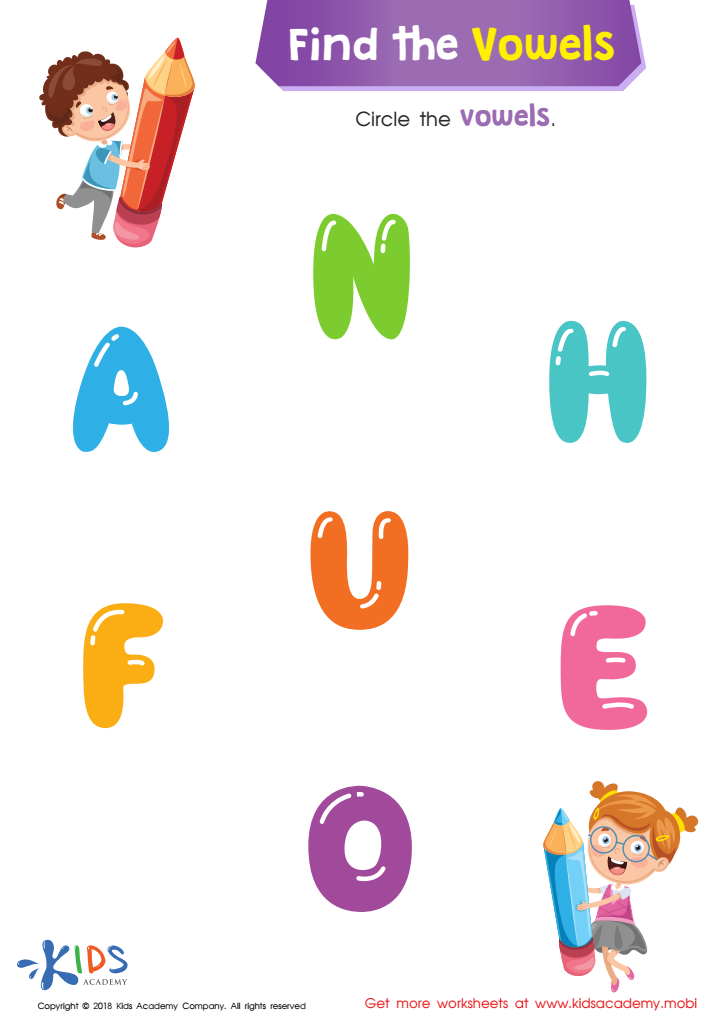

Find the Vowels Reading Worksheet
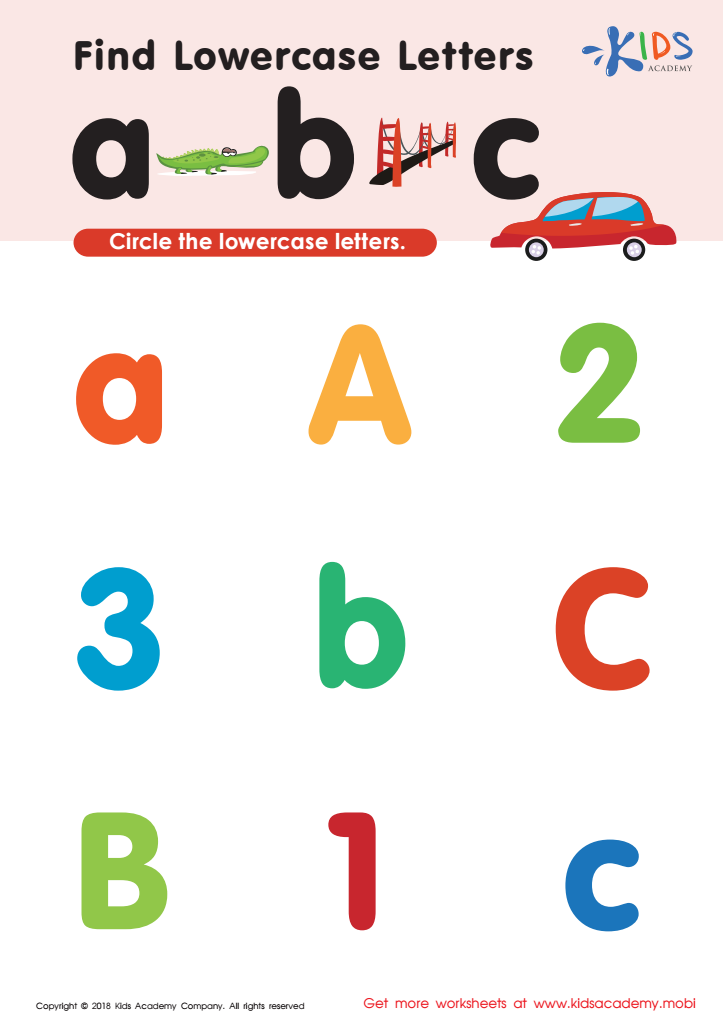

Find lowercase letters a b c Worksheet
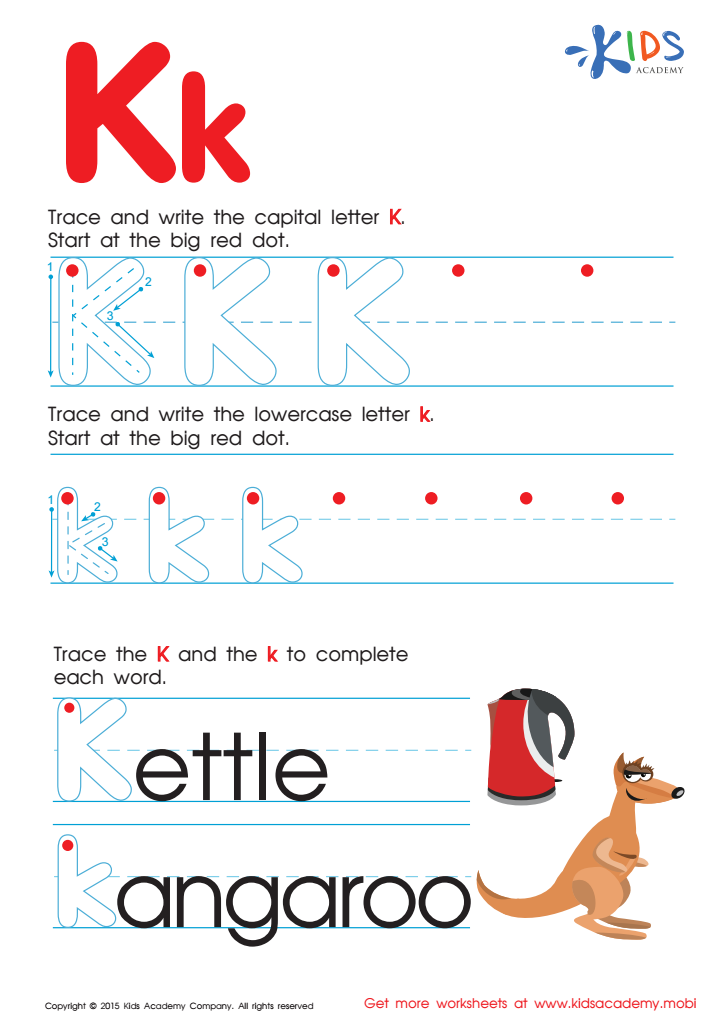

Letter K Tracing Page
Understanding the alphabet is a crucial milestone in early childhood development, especially for children aged 3 to 8. Parents and teachers should prioritize this foundational skill because it serves as the building block for literacy and communication. Mastery of the alphabet enables children to decode written language, fostering reading readiness and comprehension. When young learners grasp letter recognition and sound association, they gain confidence in their ability to express themselves and engage with stories, fostering a love for reading that can last a lifetime.
Moreover, when children understand the alphabet, they begin to develop critical cognitive skills such as phonemic awareness and spelling. These skills are essential for writing and can influence academic success across subjects. Additionally, reinforcing alphabet understanding through engaging activities—such as songs, games, and visual aids—encourages positive parent-child and teacher-student interactions, cultivating a supportive learning environment.
In this digital age, strong literacy skills are vital for navigating information and technology. Ultimately, investing time in alphabet understanding helps children build essential lifelong skills, preparing them not just for school but for effective communication and learning beyond. Therefore, parents and teachers play a pivotal role in nurturing this important foundational skill.

 Assign to My Students
Assign to My Students















